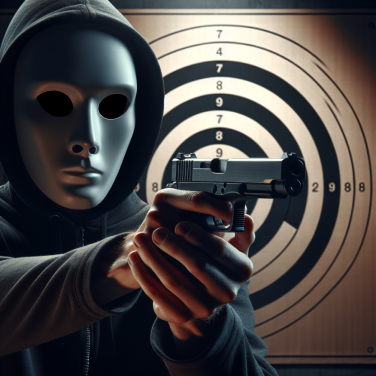The Role of Physicality and Aggression in Ice Hockey's Appeal
Ice hockey, by its very nature, is a sport that demands a high level of physicality. Players clad in armor-like padding and helmets hurl themselves across the ice at high speeds, often leading to collisions that can be both thrilling and brutal. It's this combination of speed, skill, and physical confrontation that gives ice hockey its distinctive character and broad appeal.
The physical aspect of hockey is not just an incidental part of the game; it's enshrined in the rules and culture. Body checking, when performed legally, is an accepted strategy used to dispossess players of the puck or to disrupt the rhythm of the opposing team. It’s a demonstration of strength and skill – to execute an effective check, a player must have impeccable timing and a strong sense of spatial awareness, all while skating at high speeds.
Aggression, often seen in the form of fights between players, also holds a key role within the sport's appeal. While it might seem counter-productive or even dangerous to those unfamiliar with the game, fighting has a complex role within ice hockey culture. It's seen by some as a release valve for tensions that build up during the game, a way to protect star players, or as an attempt to shift the momentum in favor of a team that might be trailing in the game. It's also bound up in a code of conduct understood by players, where certain actions may warrant a fight and others do not.
Fans have a multifaceted relationship with hockey's aggression. Some attend games in anticipation of the physical play and the possibility of witnessing a fight, viewing these bouts as a cathartic experience and an integral part of the live spectacle. For these fans, aggression elevates the excitement of the game, intensifying their connection to the sport. It's also seen as a badge of authenticity that distinguishes hockey from other, less physical sports.
Moreover, the aggressive elements of ice hockey also contribute to the formation of close-knit team dynamics. Players often speak about the camaraderie that develops when everyone on the team knows that they have each other's backs on the ice. Through physical play, teams build a shared sense of purpose and identity. This, in turn, can garner deep loyalty from fans, who appreciate the unity and willingness of players to stand up for one another.
Yet, there are concerns about the role of physicality and aggression in ice hockey.
Read also:
Understanding Road Regulations: Are Golf Carts Allowed on the Road?"
Analyzing the Factors Behind the Fisticuffs: The Complex Dynamics of Hockey's Rough Play
Hockey is an inherently physical sport, defined as much by its speed and skill as by its body checks and skirmishes. Over the years, the rough play that occasionally escalates into fisticuffs—also known as fighting—has been a subject of debate, intrigue, and, to some extent, an accepted component of the game. To truly understand why ice hockey can get rough, it's essential to analyze the factors behind the physical altercations that transpire on the rink.
**Role of the Enforcer**: Traditionally, hockey teams have had players known as "enforcers," whose main role is to deter and respond to unfair or dangerous plays by the opposition. They are tasked with protecting their teammates and ensuring that the star players can perform without fear of undue aggression from the opponents. When the game's unwritten rules are violated, enforcers step in, and this can escalate to fights.
**Physical Intimidation and Momentum Shifts**: Hockey is not just about scoring goals; it's also about maintaining the psychological edge. Physical intimidation can be a strategy to get under the opponents' skin, potentially causing them to make mistakes. Fisticuffs can also serve as a tool to shift the game's momentum, rallying a team or galvanizing the crowd, especially if the altercation results from standing up for a teammate.
**Retribution and Self-Policing**: In the absence of what players may feel is adequate officiating, they sometimes take matters into their own hands. This self-policing can manifest in fights, as players seek retribution for hits that were not penalized or were deemed to be excessively harmful. This factor, in essence, upholds the "code," an unwritten set of guidelines governing player conduct.
**Pressure to Perform and Emotion**: With the high stakes involved in professional hockey, the pressure to perform can sometimes boil over into aggression. The emotional intensity of the game, combined with competitiveness, can cause players to overreact or engage in fights. Such scenarios are often witnessed during high-profile matches or playoff games where every shift counts.
**Cultural Expectations and Fan Enticement**: Fighting in hockey is partly perpetuated by cultural expectations. Fans have often cheered on fights, perceiving them as a display of loyalty and toughness. Although this perspective is changing with greater awareness of player safety and long-term health effects, the historical allure of fighting in hockey plays a role in its continuation.




